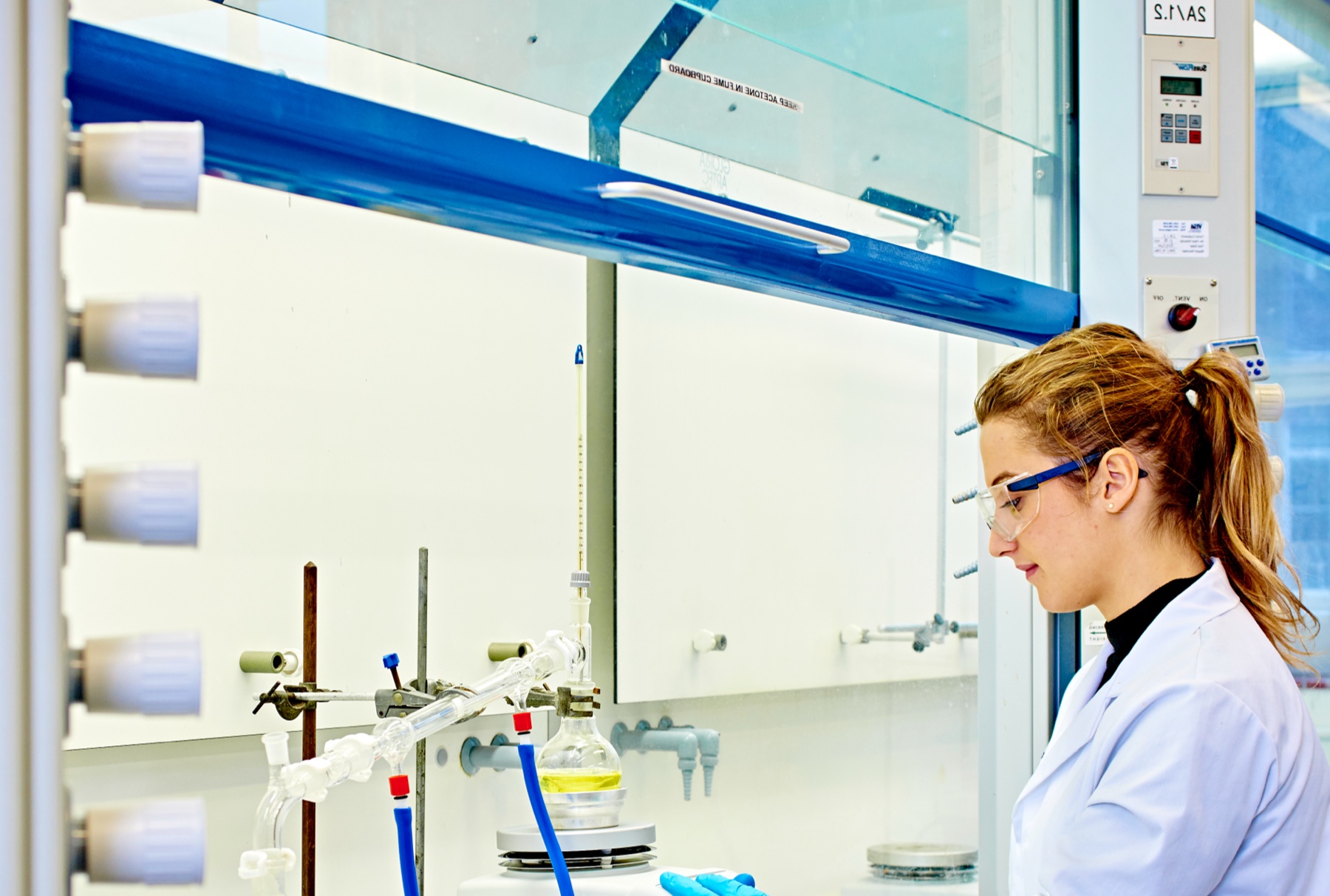SPEED: Single Pore Engineering for Membrane Development
We are improving the performance of high temperature inorganic membranes.
Project leader
Dates
February 2013 to January 2019
Sponsors
Commission of the European Communities
Description
We need to innovate to deliver more efficient, intensified and environmentally friendly processes. Novel membrane processes will assist in our transition to a low carbon economy. They will provide cleaner, safer and more efficient chemical conversions. Highly selective, high temperature, inorganic membranes are essential to such processes.
But high temperature membranes are difficult to study. There are problems associated with sealing. It is difficult to determine the relatively low fluxes present in most laboratory systems. Fluxes are conventionally determined by gas analysis of the permeate stream. Characterisation is difficult because of complex membrane microstructures.
We will avoid these problems by adopting a new approach to membrane materials selection and kinetic testing. We will carry out a pioneering study of permeation in single pores of model membranes.
We will design and fabricate model single pore systems. We will develop appropriate micro-analytical techniques to follow permeation.
We will then use these model systems to screen novel combinations of materials for hybrid membranes. We will determine kinetics with a degree of control not previously available in this field.
We will use our improved understanding of membrane kinetics to guide real membrane design and fabrication.
We will compare real membrane performance to model predictions. We will investigate how the new membranes can impact on process design.
This is an entirely new approach to membrane science. The new membranes that we will develop will facilitate the adoption of new processes. These processes will address timely challenges such as:
- the production of high purity hydrogen from low-grade reducing gases
- carbon dioxide capture
- the removal of oxides of nitrogen from oxygen-containing exhaust streams
These membranes will permit us to perform chemistry in a fundamentally different manner. Oxidation and reduction processes are spatially separated. This gives the engineer an extra degree of freedom in process design. High temperature membranes can allow for high temperature reaction and separation. They can avoid thermodynamic constraints.
They improve process safety by, for example, separating reactant gases that could mix explosively. They can improve process efficiency and reduce the need for downstream separation.
